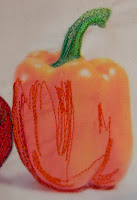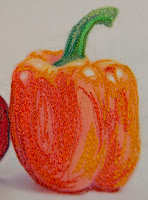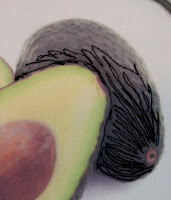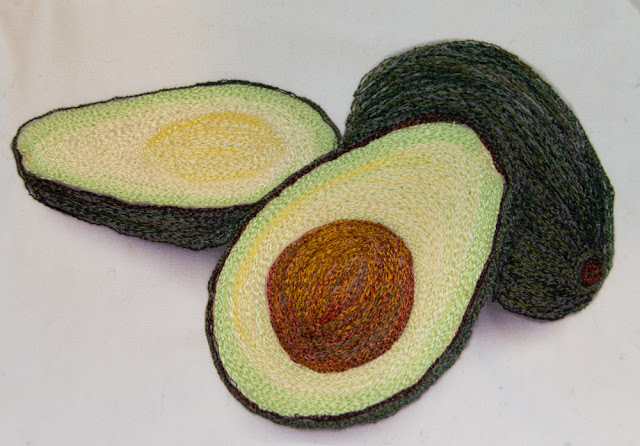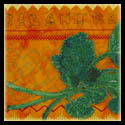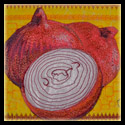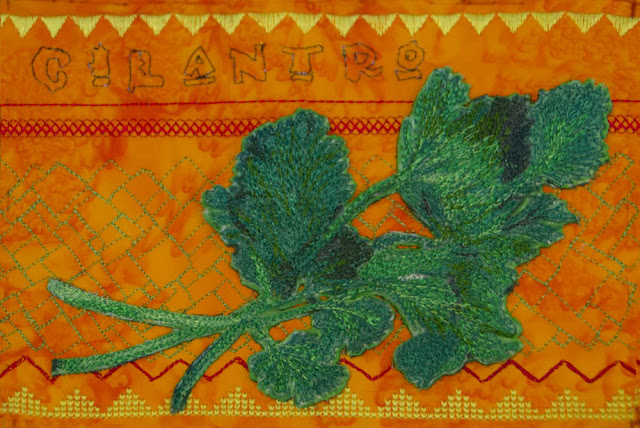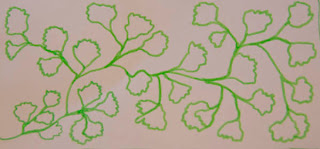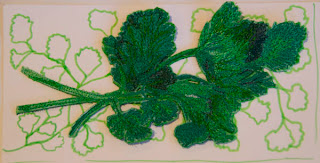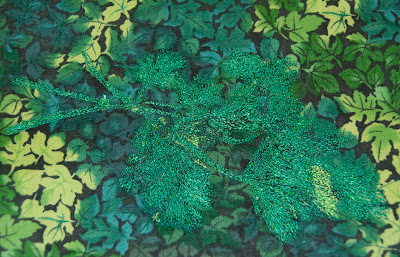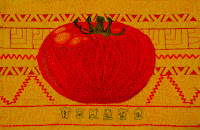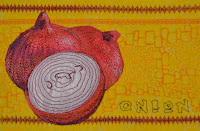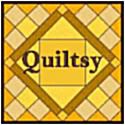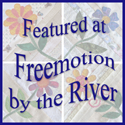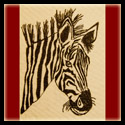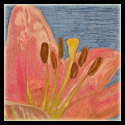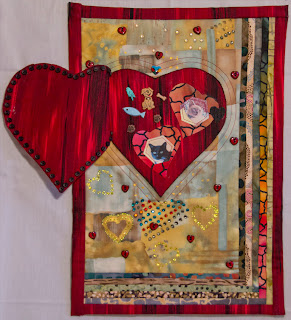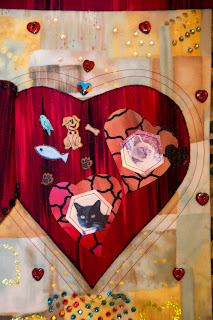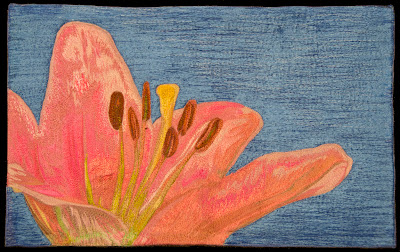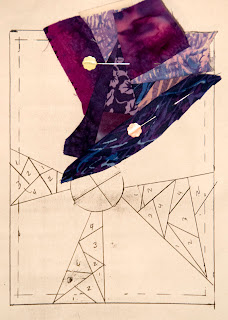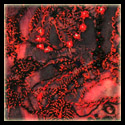For instance, where there was a buldge in the pepper, I sewed around any bulbous protusion, which, combined with shading, helps give the illusion of depth. Another way of looking at directional sewing is to think of the way something grows or sewing with the grain of an item. For instance, if you want to portray an animal, it won’t look very realistic if you make the hair going in an unnatural manner. Similarly, petals, leaves, and plant stems look closer to life with a vertical grain and more cartoonish with horizontal filling.
 |
| Background before I hand appliquéd the trapunto peppers |
I also made a decision with the background of this piece. If you’re familiar with design theory, you’ll recognize “repetition” and “unity” as two fundamental design concepts. Many strong designs utilize repetition- whether they are visual art, writing or in a musical composition. Repetition aows the viewer to feel more comfortable with the piece-as if the already know something about it, since they’ve seen (or heard) that part of the piece before. Repetition can also help unify a piece. Having too many loose ends that don’t relate anywhere else in the work can be jarring and disquieting.
So, for my “Peppers” I used a background fabric which matches the background of my Tomatillo, but in a different color way. I used the same pattern for the Freemotion quilting as I did on my Tomato. One of the lines of decorative stitch matches another in one of my pieces.
Why is this important? While each piece may be lovely and stand on its own, my plan is to put nine of these “Salsa” pieces together into a quilt. Although I’m doing similar techniques- Machine embroidered veges with decorative stitching and Freemotion quilting, if I’m not careful it will seem like it isn’t unified. Other ways I’m working to unify the peace and provide repetition include using the same font for the name of each of the vegetables or fruits, using an analagous color scheme (red, orange, yellow, green), and having my quilting and decorative stitching be more sharp angles rather than curves (I think of this being more like Mayan or Aztec patterning.
On to my Avocados….!
You Might Also Be Interested in:
 |
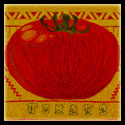 |
 |
| New 5 x 7 Challenge Pieces |
5 x 7 Week 3- The Start of Salsa |
Developing the Creative Habit |
Check out these other Great Blogs!
For great ideas on freemotion quilting, check out Leah Day’s FreeMotion Quilting Project
To find some wonderful quilting projects, visit Freshly Pieced
Confessions of a Fabric Addict
Art Quilts by Nina Marie Sayre
Stitch by Stitch by Marelize Ries




